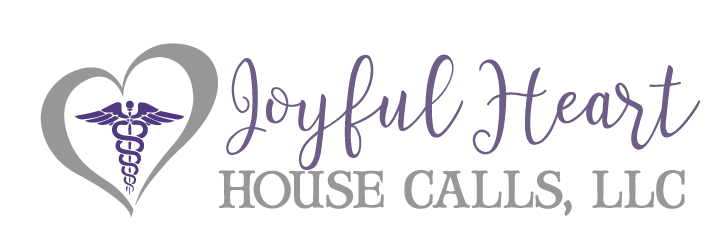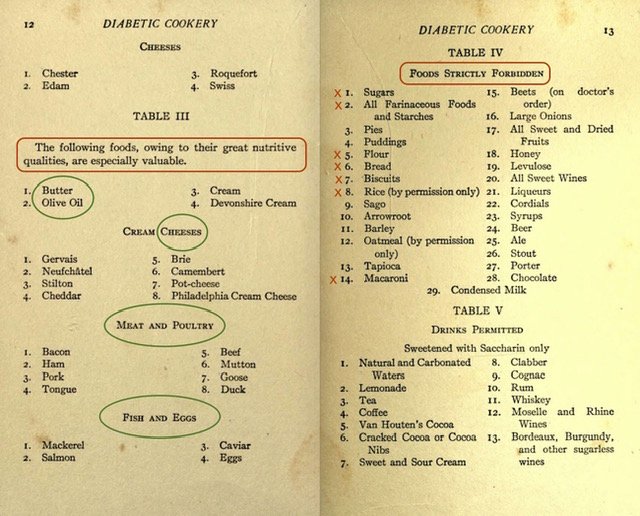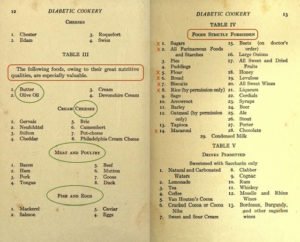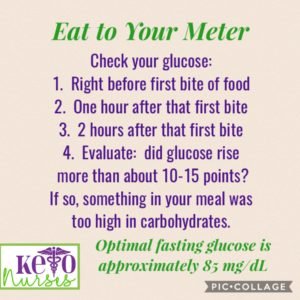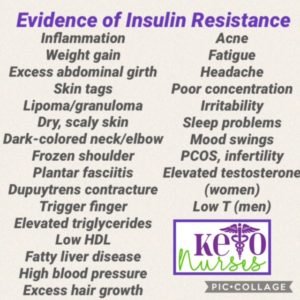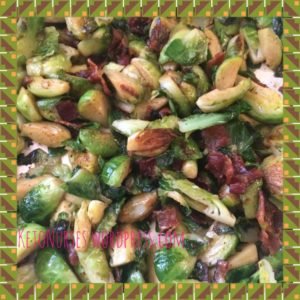As nurses, we are trained in critical thinking processes and much of our classroom and clinical experience is designed to facilitate the practical application of critical thinking, logical reasoning, and actions and consequences. We are taught to use these skills as we deliver care to our patients. We are encouraged to utilize these reasoning skills even as we follow physicians’ and other provider’s medical orders. For example, when a provider writes an order for a medication, we are taught to calculate it for ourselves, read and re-read the label, and even certain medications require verification by another nurse. If we find that the order seems different from the expected order, we are obligated to notify the original prescriber to verify and ADVOCATE for the safety of the patient. Over the years, I have seen many nurses and nursing students confront many providers over orders that seemed “not quite right” or somehow seemed unsafe. I’ve seen labor & delivery nurses put their jobs on the line advocating on behalf of sick women who are in a most vulnerable state during labor and pre-birth situations.
Advocates – that’s what we are. We are taught by some of the best advocate nurses in the nation. We learn logical and reasonable process skills that help us determine the best method to advocate for our patients.
As patient advocates, nurses change the world…. or at least the world of the patients for which we provide care. We make significant changes that patients remember; during some of the most dire moments in hospitals, nursing homes, private homes, and clinics, we hold hands, offer support, and administer treatments. We assist our clients and families make changes that improve quality of life.
Over the past 15 years or so, nurses have been recognized as the most trusted profession; we are trusted because we are advocates, and we help patients maneuver the health care system, medications, and treatment schedules with only the interests of the patient in mind… and patients SENSE that we are truly interested in their lives. We laugh and we cry with our patients – sharing emotions helps build trust.
All this groundwork I’ve laid out serves to arrive at this point…Patients TRUST nurses…
For the past 50 years or so, nurses have taught the standard American diet rules: high carb, low fat, and encouraged many highly processed food-like items as food. We listened to the “experts” who told us that President Eisenhower’s heart attack was caused by high cholesterol. We heeded the warnings of the American Heart Association that issued statements connecting high fat intake to heart attacks and strokes. We participated in teaching patients to adhere to the American Diabetes Association’s guidelines encouraging patients to consume upwards of 160 grams of carbohydrates daily. We were GOOD nurses. We listened. We learned. We followed the rules. We taught those rules.
We were wrong.
We have betrayed our patients. We were wrong to blindly heed advice that goes against all our common sense, logical reasoning, and critical thinking.
Even ants will seek out the sweet urine of a person with diabetes. That is how diabetes acquired its name; diabetes means siphon, and mellitus was added later as it means honey – diabetes mellitus… the disease where sugar is siphoned into urine.
In the early 1900s, diabetic patients were given a strict diet; there was no insulin. There were no fancy medications. Early practitioners made the logical and reasonable connection between sugar-in & sugar-out; they advised patients to have no more than 10 grams of carbohydrates, 75 grams of protein, and 150 grams of fat daily. This nutrition plan also allowed for 15 grams of alcohol and provided approx. 1800 calories per day. Patients were instructed to eat meats, poultry, game, fish, clear soups, gelatin, eggs, butter, olive oil, coffee, and tea. This nutrition plan is a FAR-cry from the 160+ grams of carbohydrates recommended today.
Previous dietary recommendations for diabetes, circa 1917
Once our nation entered the industrial era following World War 2, companies and manufacturers began to produce massive quantities of food items. Many of these floundering companies and small-time farmers petitioned and lobbied the government for grants and subsidies to help them reduce consumer costs so they could invest millions of dollars into more machines, planting, harvesting, and processing techniques – techniques that could save time and money, so the companies could invest more into production. It was a vicious cycle and the American family thrived on this new form of employment. The returning military veterans often transitioned back into society with handicaps and trauma, and at the time, there was little known or recognized in our mental health care system that helped these wounded warriors. Many of these vets settled into assembly work easily; there was a set schedule, with pre-determined tasks and responsibilities, easy methods to do their jobs and bring home a paycheck. Wives, often now widowed, entered the workforce like never before; many of these women had been denied education and thus were considered unskilled laborers. Factory work suited many people, singles, marrieds, separated, etc. No one questioned the plans. Not that anyone had real plans then. It was just the many pieces of the puzzle coming together.
As many companies made arrangements with government, grains in particular became much less expensive to grow and process. With a growing season of approximately 4 months, wheat required a huge labor force and many hours in fields; too costly to really become profitable, governmental subsidies allowed companies to purchase smaller farms and bigger machines & equipment. Researchers began looking for ways to shorten the growing season and reduce weed and insect infiltration. As generation after generation of seeds were harvested and modified, the processing costs were absorbed by governmental grants and subsidies, providing companies with increasing profits. This vicious cycle has continued into today’s modern American society.
Then, President Eisenhower had his heart attack while in office; his care was widely publicized; many doctors and scientists capitalized on his illness by using the TV time to make claims that high cholesterol was going to kill all our citizens. The media played a huge role in pushing the low-fat, low cholesterol theory, showing the President eating his dry toast and egg whites every AM for weeks. The SCIENCE they all failed to mention is that at the time of his heart attack, Eisenhower’s cholesterol level was actually NORMAL. By the time he left office, however, and while eating his low cholesterol diet, his cholesterol level climbed to over 250, well above normal limits.
As fat intake was discouraged and fat content in dairy products and other foods plummeted, the grain-producing manufacturers had an “aha” moment: “if fats were so unhealthy for us, then grains are not fatty and thus we can make millions of dollars selling all kinds of low-fat foods!” And that is exactly how we came to be where we are today.
Nurses, are you angry yet? The “system” has used us…. Used our connection to patients…. Used our ability to care…. Used our compassion…. Used our education… used our hard-earned trust….
It is time we take on our advocate role – more seriously than ever before. It is purely common sense that intake of carbohydrates causes glucose levels to climb, forcing the pancreas to secrete more insulin, but eventually the pancreas is working so hard, something happens that changes the insulin; the insulin is no longer effective at transporting glucose into the body’s cells for use. Over time, insulin resistance and continued unlimited carbohydrate intake worsens, and patients become diabetic. This effect can easily be measured by using a glucometer to check fasting glucose levels, then eat a carbohydrate, and monitor glucose levels every 15 minutes for 3 hours. Charting glucose levels is a simple and scientific method for monitoring the effect of any food on a patient’s blood. It is much more expensive to check insulin levels, but that can be done at any health care provider’s office or lab. Beginning to record this effect will help cement the concept that carbs are killing us, while fats were never the evil nutrient we were told.
Once the concept of “sugar-in, sugar-out” really registers, it is vital to start changing your own way of eating. Eliminating the:
C – carbonated drinks
R – refined sugars
A – artificial sweeteners & colors
P – processed foods
becomes easier.
This simple plan is such a great way to start your journey to a healthier you, and in turn, you will begin leading the way to improved health for your family, friends, patients, and colleagues. Yes, you can become a test case. While N=1 experiments used to be frowned upon, the internet, social media, and bloggers are all promoting N=1 trials and experiments.
Nurses, it is time we band together, use our logical reasoning, and ADVOCATE for the health and well-being of ourselves, our families, and our patients. N=1 usually means N is the number of participants in a research study for an experiment; let’s use it to mean millions of NURSES are working as 1 when it comes to advocacy & improved health for our patients; let our ONE voice be heard.
